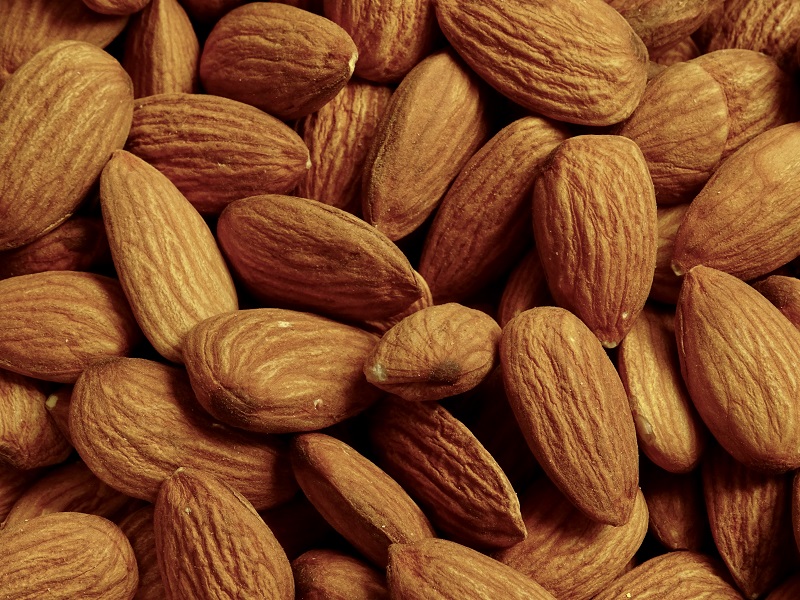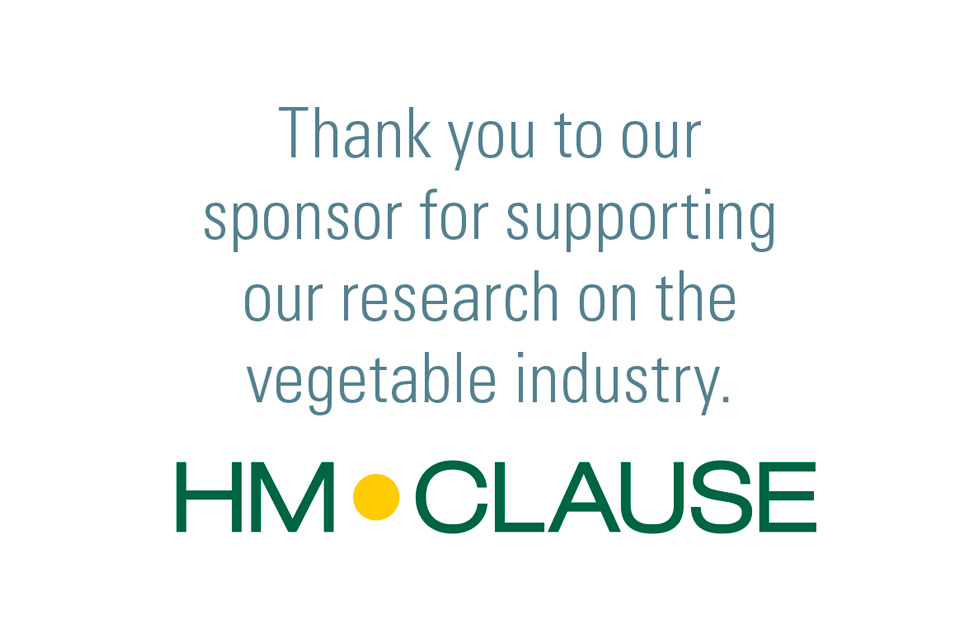More Vegetable Growers Hungry for Profit Looking To Precision Tech

A third of the respondents to American Vegetable Grower’s 2023 State of the Vegetable Industry survey have purchased and currently rely on precision ag technologies.
Growers use tools that largely fall under one of three categories: sensors, automation/robotics, and variable-rate technology.
Other popular examples of precision agriculture include guidance systems, weather stations, drones/UAVs, and yield monitoring/mapping.
Meanwhile, among the 66% of growers who do not use precision agriculture, 27% say they are thinking of adopting the technology in the next five years.
That 27% likely have a few ROI (return on investment) questions for the current users, such as:
- How much have you invested the last three years?
- How long do you expect it to take to recoup that investment?
- What is the minimum ROI ratio expectation (e.g., 1:1, 2:1, 3:1, etc.) to warrant your precision ag purchases?
Luckily, we asked that as a write-in question, and 30 volunteers who are using ag tech shared their experience.

Great Expectations
For starters, the minimum ROI ratio, as one might expect, is 1:1 — you save or earn $1 you wouldn’t have otherwise for every $1 you invest. The maximum ROI ratio is 5:1, with multiple mentions of 2:1, 3:1, and 4:1.
In Kentucky, a grower says he has invested around $5,000. “I expect my ROI to be at least 4:1,” he says.
A grower in Iowa is seeking a 4:1 ROI after investing $2,500 in a weather station.
A California grower who is seeking a 5:1 ROI forewarns the costs to implement precision ag are very high because of labor and materials inflation. “The returns have been extended as a result,” he says.
A grower in Michigan notes ROI on precision ag is hard to measure because it is not a true offset of an input.
Then there’s the time it takes to reach that ratio. On the high end, a grower in Oregon has invested $500,000 on variable-rate irrigation and variable-rate
fertigation. He is expecting ROI in three to five years.
“We purchased over eight years ago and had ROI in only three years on fertilizer and fuel cost savings alone,”
a Tennessee grower says.
“We’ve invested nearly $80,000 on precision ag,” a California grower says. “We should get it back within three to four years. In fact, it’s actually working pretty good for us. We should have a 3:1 ROI.”
“Solar-controlled irrigation and fertilizer injectors paid off in less than a year,” a Washington state grower says.
A grower in Colorado says he started to slowly invest in precision ag tools in 2012 — “before they even had an industry identifier,” he notes. Since then, he has “waffled back and forth,” he says, from traditional farming methods to precision methods.
“In the last couple years we have finally liquidated most of our traditional equipment and replaced it with what we plan to move forward with in the future,” he says. “We have recouped all expenses and are back on the profit side. We don’t have any return ratios figured because the last four years have been all over the place.”
For a grower in Nebraska, precision ag has already paid for itself, primarily via cooler and greenhouse temperature monitoring and alerting.
Thank You!
HM.CLAUSE generously supports our coverage of the American Vegetable Grower State of the Vegetable Industry survey.











